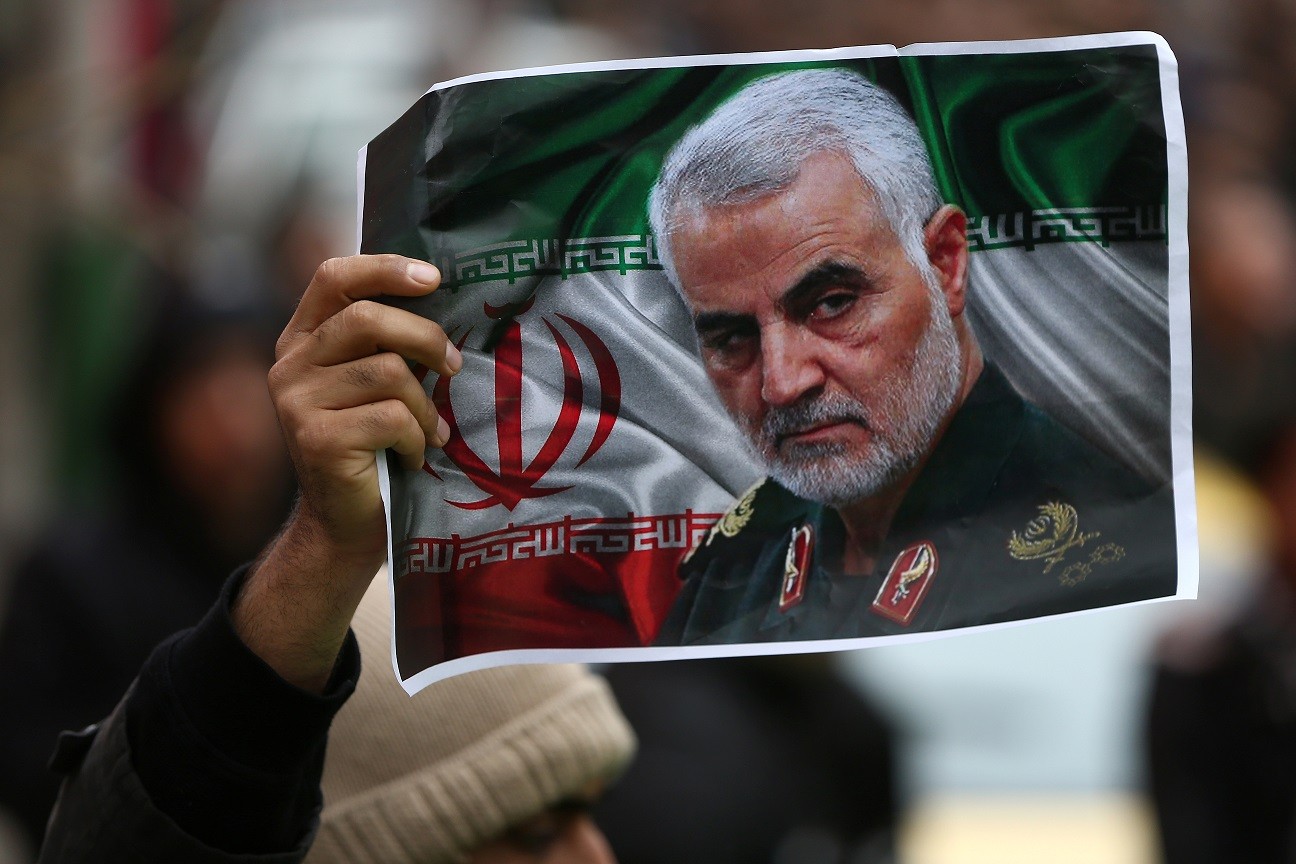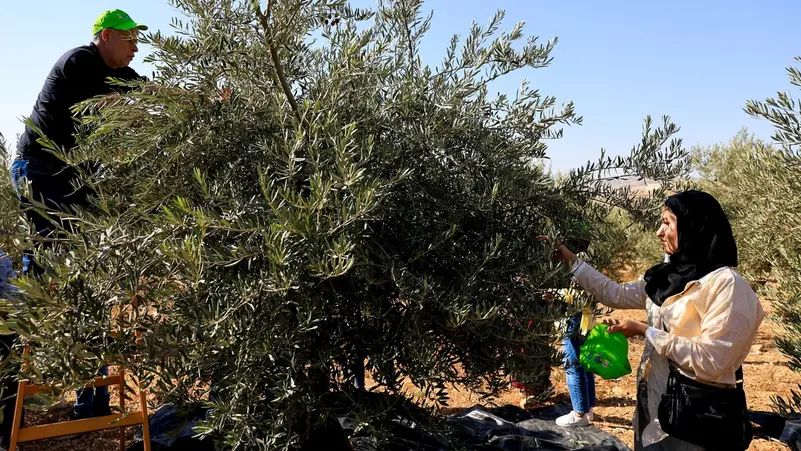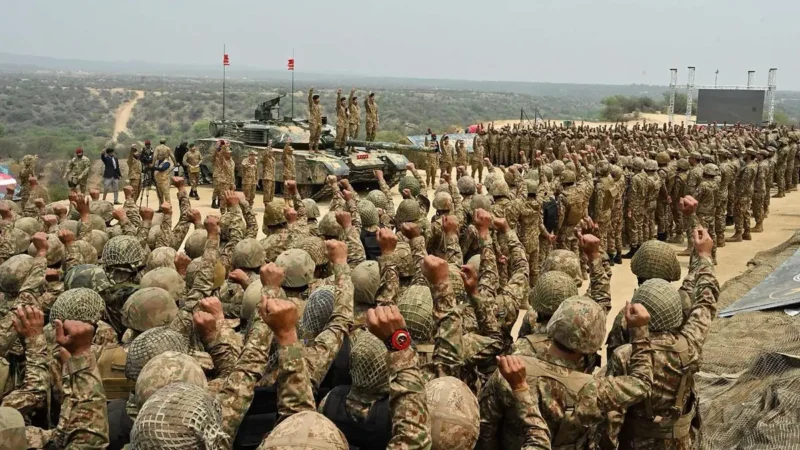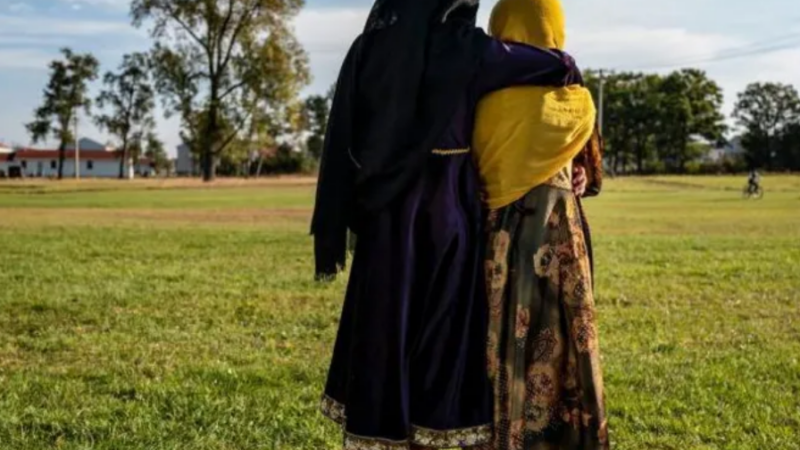Iran praises Palestinian PFLP to commemorate World Quds Day

Advertisement
Iran and its controlled media praised the images of Palestinian gunmen from the PFLP parading with images of Qasem Soleimani and Hezbollah’s Hassan Nasrallah over the weekend. The images were reportedly posted from Gaza as the Popular Front for the Liberation of Palestine activists held a military drill for “World Quds Day.”
Tehran uses Quds Day, which commemorates Jerusalem as a response to Israel and a way for the Iranian regime to show its support for the Palestinian cause. While Iran generally partners with Shi’ite religious groups, such as Hezbollah or Shi’ite militias in Iraq, when it works with Palestinians it must work with a Sunni population. Iran uses its campaign against Israel to try to recruit supporters outside the Shi’ite nexus. It has been successful in turning Palestinian Islamic Jihad into a proxy, pushing it to launch increasing rocket attacks against Israel over the last two years. Iran also has worked with Hamas.
Now Iran’s goal is to co-op the PFLP, a nominally radical left Palestinian group that has been involved in terrorism for decades.
The PFLP has suffered from some political marginalization in recent years because it doesn’t provide enough of an alternative to Hamas or Fatah. Its aging leadership also seemed out of touch with current concerns of Palestinian youth. Enter Iran to revive its purpose.
A recent case of PFLP working with Iran involved an activist in Lebanon called Khaled al-Yamani from the Baddawi refugee camp. He sought to recruit a supporter in Israel who was subsequently indicted. Iran has sought to fund the PFLP in the past, such as during 2013 and 2014 after the PFLP showed support for Syrian President Bashar Assad in Damascus, a key Iranian ally.
The larger picture appears to be increasing links between PFLP and Iran. This is why Iran’s Fars News was so pleased to see the photos of the PFLP with images of Soleimani and Nasrallah. The units with the rifles in Gaza were from the PFLP’s Abu Ali al-Mustafa forces, Iran says, and they were parading to show support for Quds Day and the Aqsa mosque in Jerusalem. “As long as there are efforts to defeat the Zionist occupation, the US and the Zionists will not have broken the axis of resistance.” The axis of resistance is a term Iran generally uses to refer to its role with Hezbollah. PFLP says it is involved at the “crossroads of revolutionaries” and supports the “coexistence” of this axis against the “occupation.”
The PFLP is now linking the Palestinians with the “resistance branches that stretch from Palestine to Beirut, to Damascus, Tehran, Damascus and Havana and Caracas.” Basically, this is the “anti-imperialist” block that pro-Assad regime supporters also look to. Iran is a key ally of Venezuela’s regime and Syria. In this sense the alliance is natural, but the appearance of the Nasrallah-Soleimani iconography at the PFLP events – and the Iranian media being so interested – may represent a new step in PFLP-Iran regime alliance.
The PFLP’s recent rally included a speech by an activist named Abu Jamal who said that the “resistance” path to Jerusalem had been smoothed with blood and that it was linked to the blood of General Soleimani – and “before him, Imad Mughniyeh and Ghassan Kanafani. Mughniyeh was assassinated in 2008, Kanafani in 1972. Kanafani was a PFLP member, and the speech sought to link his death, which they blame on Israel, with Mughniyeh’s death.
Advertisement






